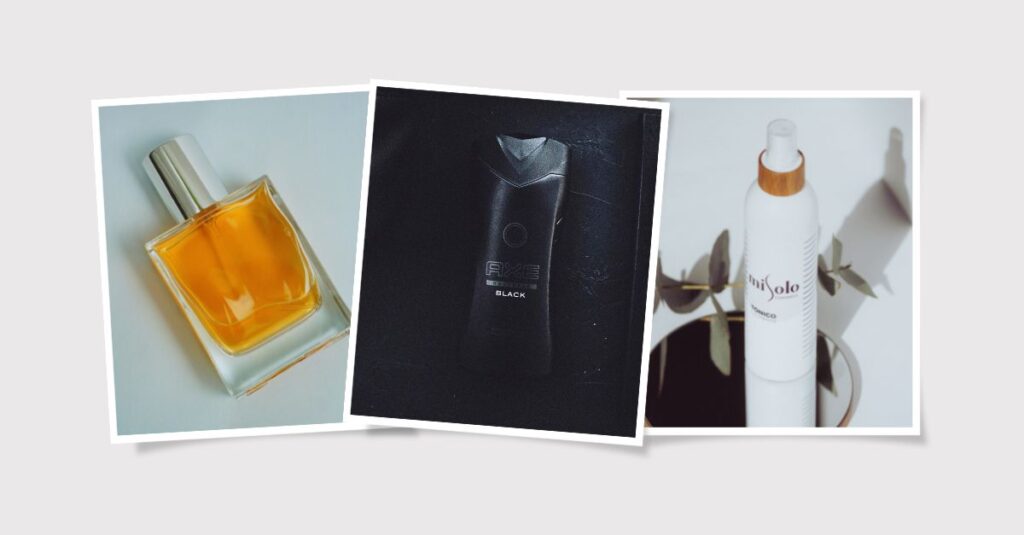Small but Powerful: How Unique Selling Points Can Help Small Fashion Businesses Compete
Small fashion businesses often struggle to compete with larger and more established companies. These large businesses have the advantage of brand recognition, a loyal customer base, and the ability to mass-produce their products at a lower cost. However, small businesses can also have an edge in the fashion industry by leveraging their unique selling points (USPs). In this article, we’ll explore what USPs are, how they can help small fashion businesses compete, and some examples of successful USPs in the fashion industry.
What is a Unique Selling Point (USP)?
A unique selling point is a factor that sets a business apart from its competitors and makes it stand out in the marketplace. It can be a product feature, service, or value proposition that appeals to customers and creates a competitive advantage. In the fashion industry, a USP can be anything from using sustainable materials to offering bespoke services.
Why is a USP Important for Small Fashion Businesses?
For small fashion businesses, having a strong USP is crucial for several reasons:
- Differentiation: With so many fashion brands competing for customers, having a unique selling point is essential for standing out from the crowd and creating a distinct brand identity.
- Competitive edge: A strong USP can give small fashion businesses a competitive edge by offering something that competitors cannot replicate.
- Brand loyalty: By developing a strong USP, small fashion businesses can attract customers who are passionate about their values, mission, or products, leading to increased brand loyalty and repeat business.
- Targeted marketing: Having a clearly defined USP allows small fashion businesses to create targeted marketing campaigns that resonate with their ideal customer base.
- Pricing flexibility: With a strong USP, small fashion businesses can often charge higher prices for their products or services, as customers are willing to pay a premium for something that they perceive as unique and valuable.
Examples of Unique Selling Points for Small Fashion Businesses
- Sustainable Materials: In recent years, there has been a growing demand for sustainable fashion, and small fashion businesses can capitalize on this trend by using environmentally friendly materials in their products.
- Made-to-Measure Services: Offering bespoke services, such as made-to-measure clothing, can set small fashion businesses apart from larger competitors that only offer off-the-rack items.
- Local Production: By producing their products locally, small fashion businesses can appeal to customers who are passionate about supporting their community and reducing their carbon footprint.
- Innovative Design: Small fashion businesses can differentiate themselves by offering unique, innovative designs that are not available from larger competitors.
- Social Responsibility: Brands that have a strong social responsibility message, such as donating a portion of profits to charity or using fair trade practices, can attract customers who are passionate about supporting businesses that align with their values.
How can USPs Help Small Fashion Businesses Compete?
As mentioned earlier, small fashion businesses often struggle to compete with larger and more established companies. However, by leveraging their USPs, they can differentiate themselves from their competitors and attract customers who value what they have to offer.
For example, if a small fashion brand specializes in using sustainable materials and ethical production practices, it can appeal to customers who prioritize environmental and social responsibility. These customers may be willing to pay a premium for products that align with their values, even if they are more expensive than comparable products from larger brands.
Another way USPs can help small fashion businesses compete is by creating a loyal customer base. When a brand has a strong USP that resonates with its customers, it can foster a sense of community and belonging among its customers. This can lead to repeat business, positive word-of-mouth, and even brand evangelism, where customers actively promote the brand to others.
How to Develop a Strong Unique Selling Point for Your Small Fashion Business
- Identify your target customer: Understanding your ideal customer is crucial for developing a USP that resonates with them. Consider factors such as age, income, lifestyle, and values when crafting your USP.
- Research your competition: Analyze your competitors’ strengths and weaknesses to identify opportunities for differentiation.
- Define your brand identity: Develop a clear brand identity that aligns with your USP, including your brand voice, visual identity, and messaging.
- Focus on quality: Regardless of your USP, quality should always be a top priority for small fashion businesses. High-quality products and services will help to build trust with customers and create a positive reputation for your brand.
- Test and refine: Once you have developed your USP, test it with your target customers to ensure that it resonates with them. Use feedback to refine and improve your USP over time.
Examples of Successful USPs in the Fashion Industry
Now let’s take a look at some examples of successful USPs in the fashion industry. These examples show how small fashion businesses can leverage their unique characteristics and stand out in a crowded marketplace.
- Everlane – Radical Transparency
Everlane is a clothing brand that is known for its commitment to transparency in pricing and production. The brand provides detailed information about the cost breakdown of its products, including the cost of materials, labor, and transportation. This level of transparency has helped Everlane build a loyal customer base that values honesty and authenticity.
- Reformation – Sustainable Fashion
Reformation is a sustainable fashion brand that focuses on reducing waste and carbon emissions in its production processes. The brand uses recycled and eco-friendly materials and produces its products locally to minimize transportation emissions. Reformation’s commitment to sustainability has resonated with customers who prioritize environmental responsibility and has helped the brand differentiate itself from competitors.
- Allbirds – Comfortable Shoes
Allbirds is a shoe brand that is known for its comfortable and sustainable footwear. The brand uses natural materials like wool and eucalyptus to create shoes that are both comfortable and environmentally friendly. Allbirds’ commitment to comfort has resonated with customers who prioritize both style and comfort and has helped the brand establish a strong position in the footwear market.
- Rothy’s – Recycled Materials
Rothy’s is a shoe brand that specializes in creating stylish and sustainable footwear using recycled materials. The brand uses recycled plastic bottles to create its shoes and has even developed its own material made from recycled ocean plastics. Rothy’s USP of sustainability has resonated with customers who value eco-friendliness in their purchases and has helped the brand establish a unique position in the shoe market.
Conclusion
In conclusion, unique selling points can be a powerful tool for small fashion businesses looking to compete in a crowded marketplace. By identifying and leveraging their USPs, small businesses can differentiate themselves from their competitors and appeal to customers who value what they have to offer. Examples like Everlane, Reformation, Allbirds, and Rothy’s show how USPs can help small businesses succeed in the fashion industry by focusing on transparency, sustainability, comfort, and eco-friendliness, respectively. By honing their unique characteristics and communicating them effectively to customers, small fashion businesses can establish a strong position in the market and thrive in the long term.

My name is Rohit Vagh and I’m a content writer specializing in fashion and lifestyle. I have three years of experience in this field and have written various articles. My writing style is creative and engaging, and I strive to create content that resonates with my readers. I have a deep passion for fashion and am constantly researching the latest trends and styles to make sure my readers are up to date. I’m excited to continue my career in blogging, and I’m always looking for new opportunities in the fashion and lifestyle space.





